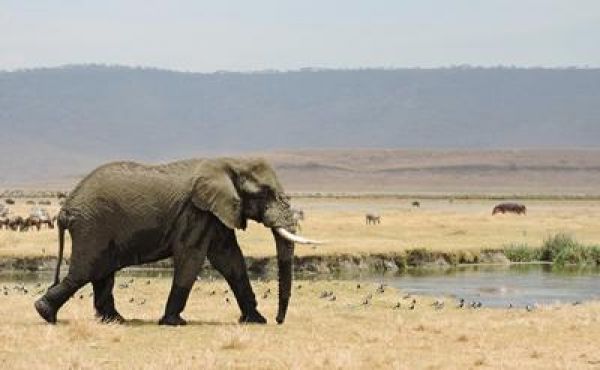The research, in partnership with Memorial University of Newfoundland, goes beyond just counting the types of animals there are and instead accounts for the differences between wildlife and their roles in the environment.
This information is important to conservation efforts, as it enables the identification of places where there are only a few species performing a role, as opposed to regions where many species carry out similar roles.
The scientists combined multiple databases of information concentrating on six biologically important attributes of the roles animals play (traits). The selected traits included factors such as diet, daily activity and body size for 15,485 bird and mammal species. They were able to build a global picture of traits for different animals – mapping which areas in the world had many overlapping roles and would therefore benefit from habitat conservation, as well as for those which had more unique, vulnerable ones and would benefit from species-focussed conservation.
Continue reading at University of Southampton
Image via University of Southampton


